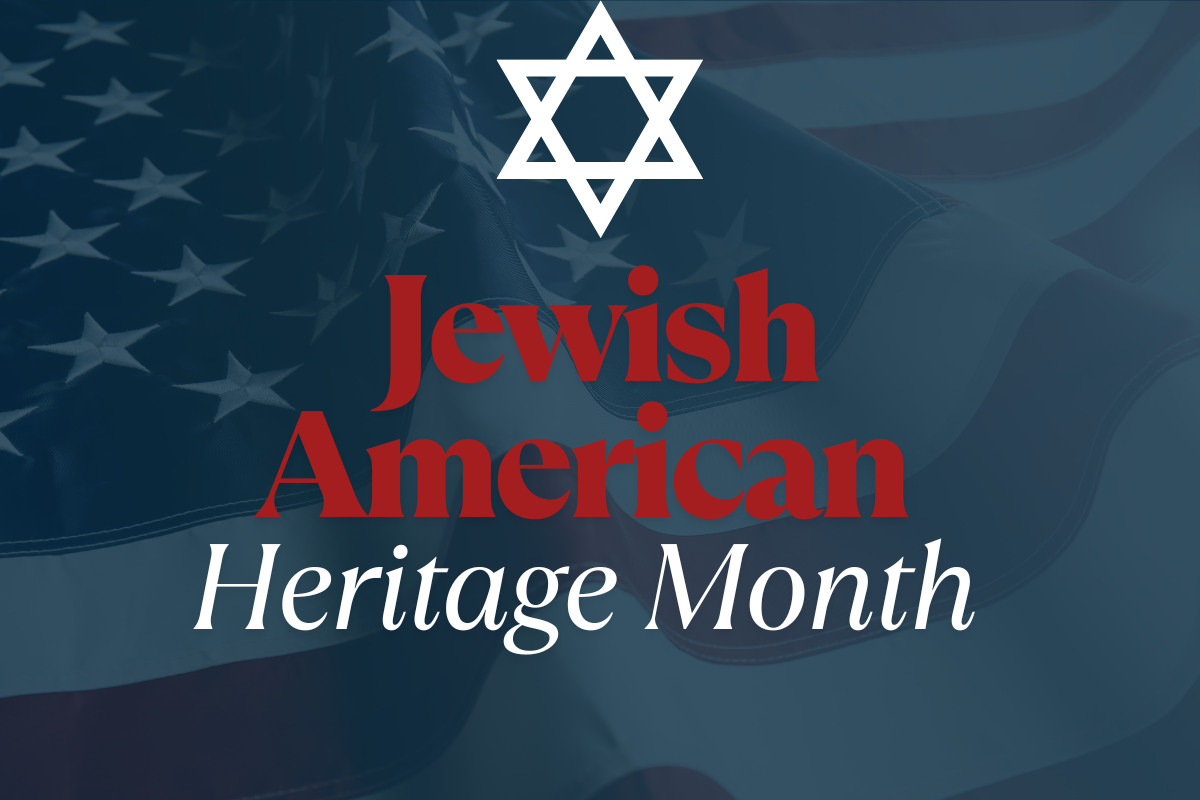Fraud Advisory – Scammers Using SEVP and HSI Phone Numbers to Target International Students
International Student Services
PUBLISHED:
August 18, 2021
Fraudulent callers are claiming to be SEVP representatives, convincing students to reveal personal immigration details online.
The Student and Exchange Visitor Program (SEVP) has been made aware of a spoofing scam involving individuals using an SEVP Response Center (SRC) phone number (703-603-3400) or a Homeland Security Investigations (HSI) office phone number (757-441-6533) to target nonimmigrant students. Fraudulent callers are claiming to be SEVP representatives and asking students to provide their immigration information, such as their Alien Registration Number or Form I-94, “Arrival/Departure Record,” information, or face deportation.
SEVP encourages designated school officials to reach out to their students to make them aware of this scam. If you or one of your students encounter, or are a victim of this spoof call, you are encouraged to report the incident to the HSI tip line. If you are unsure about the validity of a call from an SEVP official, you can also reach out to your designated SEVP field representative or contact the SRC.
Tips and items to remember:
- NEVER divulge personal or financial information to unknown callers.
- SEVP officials will NEVER ask stakeholders to provide credit/debit card/gift card numbers, wire transfers, or bank routing numbers, or to make bitcoin deposits for any purpose.
- Report all suspicious calls to the HSI tip line and if you are unsure about the validity of a call from SEVP officials reach out to your designated SEVP field representative.
- If you have any additional questions regarding this matter, please contact the SRC at 703-603-3400 or 800-892-4829, Monday through Friday, from 8 a.m. to 6 p.m. ET, except federal holidays.
Contact [email protected]
if you receive any of these calls immediately if you have any questions.

Asian American and Pacific Islander (AAPI) Heritage Month is celebrated each May to honor the histories, cultures, and contributions of individuals and communities with roots in the vast regions of Asia and the Pacific Islands. This includes people from East Asia, Southeast Asia, South Asia, and the Pacific Islands of Melanesia, Micronesia, and Polynesia. The month of May was chosen to commemorate two significant milestones: the arrival of the first Japanese immigrants to the United States on May 7, 1843, and the completion of the transcontinental railroad on May 10, 1869, a project made possible in large part by Chinese immigrant laborers. AAPI Heritage Month is a time to recognize the many ways in which AAPI individuals have shaped and strengthened the United States — from civil rights leadership and scientific innovation to artistic excellence and public service. It is also a moment to reflect on the challenges the community has faced, including exclusion, discrimination, and more recently, a rise in anti-Asian hate. By celebrating AAPI Heritage Month, we uplift the diverse stories and voices within the AAPI community and affirm a shared commitment to equity, inclusion, and cultural appreciation.

Jewish American Heritage Month, observed each May, is a time to celebrate the rich history, culture, and contributions of Jewish Americans to the United States. From the earliest days of American history to the present, Jewish Americans have played a vital role in shaping the nation’s social, political, cultural, and economic landscape. This month honors the perseverance, traditions, and values of the Jewish community, as well as its enduring commitment to justice, education, innovation, and civic engagement. It is also a time to reflect on the struggles Jewish Americans have faced, including antisemitism and discrimination, and to reaffirm the importance of combating hate in all its forms. Through educational programs, cultural events, and community celebrations, Jewish American Heritage Month promotes awareness and understanding, highlighting the diverse experiences and achievements of Jewish Americans. It serves as a reminder of the strength that comes from embracing diversity and the importance of remembering and honoring all who have helped shape our shared American story.

When Agile Scrum Meets Peter Drucker: Aligning Modern Method with Timeless Strategy Agile Scrum (scrum) is the primary methodology teams use to create value through quick and continuous delivery. What are the connections between the modern scrum framework and Peter Drucker's Theory of Business? Both frameworks function on different levels at first sight. Scrum functions at a tactical level, whereas the Theory of Business operates at a strategic level. Yet, examining the two frameworks uncovers key intersections supporting organizational agility and stability. Agile Scrum Methodology Scrum employs an iterative approach to product development. Teams complete product segments in “sprints” that typically span two to four weeks. Collaboration and continuous feedback are at the forefront of Scrum methodology, emphasizing adaptive responses to change (Schwaber & Sutherland, 2020). Scrum teams operate cross-functionally as self-directed units with the managers to make decisions and solve problems efficiently. Scrum fundamentally focuses on achieving the correct tasks rapidly and efficiently through transparency and ongoing enhancement (Beck et al., 2001). Drucker’s Theory of Business Peter Drucker’s Theory of Business provides a strategic framework organizations can use to achieve success. The theory argues that every successful organization is built on three assumptions: its environment, mission, and primary competencies. The organization achieves success when its assumptions align with reality. Business becomes vulnerable to failure if its fundamental assumptions do not align with reality. According to the Theory of Business, organizations must evaluate their foundational assumptions continuously. Businesses must continually assess if their foundational beliefs align with the surrounding environment to ensure their theory remains valid (Drucker, 1994). Where Scrum and Drucker’s Theory Connect Scrum and the Theory of Business function at distinct levels but share foundations in feedback mechanisms, adaptability principles, and customer-centric operations: • Continuous Improvement: The Scrum methodology includes iterative refinement through sprint reviews and retrospectives. According to Drucker, organizations must review their strategic assumptions to maintain viability (Drucker 1994). • Customer Centricity: Scrum uses direct user feedback to determine immediate development requirements (Beck et al. 2001), while Drucker advises leaders to predict future customer demands (Drucker, 2006). • Adaptability: Scrum, together with the Theory of Business, promotes the principles of learning and remaining responsive while being agile. Scrum functions at the project level, whereas Drucker operates at the organizational level. Scrum functions as the operational "how," delivering products quickly, while Drucker’s Theory of Business explains the strategic "why" behind product development initiatives. Conclusion Numerous organizations implement Scrum processes yet have not evaluated their overarching strategies. These organizations will master executing incorrect strategies without Drucker’s Theory of Business. A great strategy loses its potential value when it lacks agile implementation (Rigby et al. 2018). Organizations that merge Scrum with Drucker's Theory of Business establish a winning position for success. Organizations need to move efficiently to survive constant change and understand the purpose behind their movements. Scrum enables organizations to respond swiftly to changes, while Drucker’s Theory of Business empowers organizations to move with intent. Combining these frameworks creates a strong harmony between practical execution and strategic vision. References Beck, K., Beedle, M., van Bennekum, A., Cockburn, A., Cunningham, W., Fowler, M., ... & Thomas, D. (2001). Manifesto for Agile Software Development. Agile Alliance. https://agilemanifesto.org/ Drucker, P. F. (1994). The theory of the business. Harvard Business Review, 72(5), 95–104. https://hbr.org/1994/09/the-theory-of-the-business Drucker, P. F. (2006). The effective executive: The definitive guide to getting the right things done. Harper Business. Rigby, D. K., Sutherland, J., & Noble, A. (2018). Agile at scale. Harvard Business Review, 96(3), 88–96. https://hbr.org/2018/05/agile-at-scale Schwaber, K., & Sutherland, J. (2020). The Scrum Guide™: The Definitive Guide to Scrum: The Rules of the Game. Scrum.org. https://scrumguides.org
